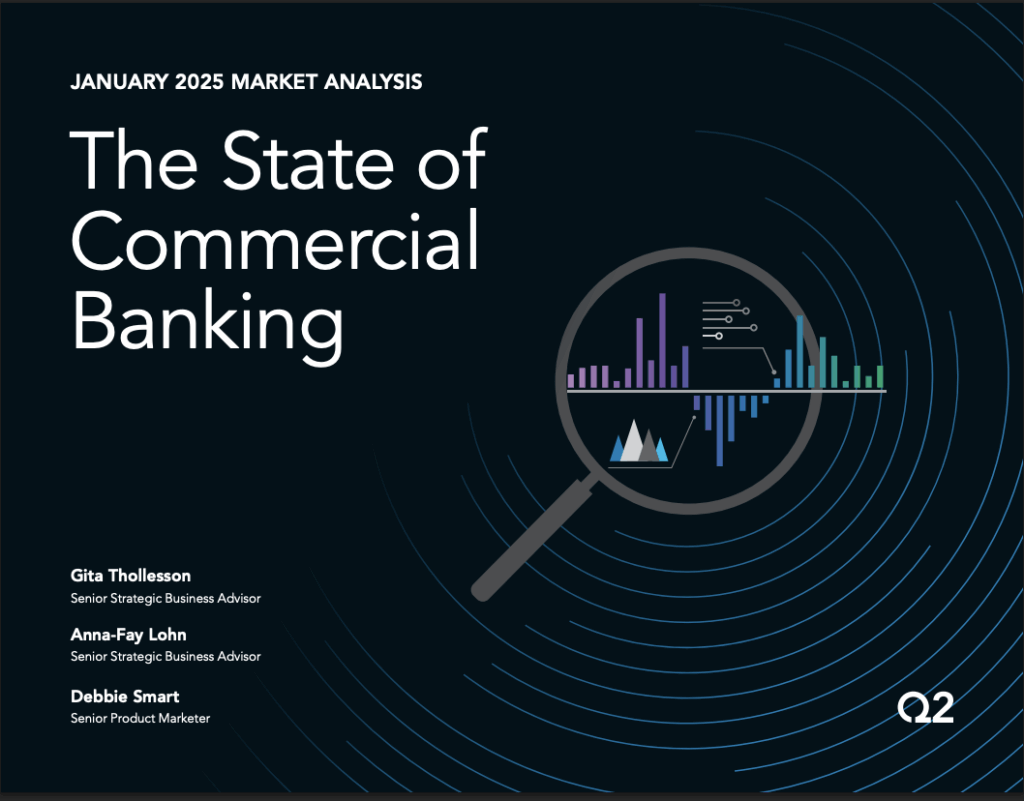The commercial banking sector is experiencing a significant transformation driven by data and technology. Financial institutions, while having stabilized their deposit levels, are now grappling with the rising costs of these funds. This has led to a compression of net interest margins, compelling banks to seek innovative technological efficiencies. Technology executives are at the forefront of this shift, utilizing advanced analytics to manage credit risks proactively, particularly in sectors like commercial real estate. They are also deploying sophisticated defenses against the increasing threat of fraud.
This evolving environment highlights the critical need for robust technology strategies within the banking industry. As banks navigate these changes, they are focusing on optimizing funding costs and net interest margins through advanced data analytics, developing dynamic loan pricing and funding models in response to Federal Reserve actions, and leveraging artificial intelligence and predictive analytics for credit risk and fraud prevention.
Technology’s Role in Banking Transformation
The announcement comes as banks are increasingly turning to technology to maintain competitiveness in a rapidly changing financial landscape. The integration of technology is not just an option but a necessity for survival and growth. Experts suggest that banks must adopt a multi-faceted approach to technology adoption, which includes building scalable digital platforms to secure and grow small- and medium-sized business (SMB) relationships.
“The banking sector is at a pivotal moment where technology is not just a tool but a strategic asset,” said John Smith, a financial analyst at Global Finance Insights.
According to industry insiders, the use of data analytics in optimizing funding costs and net interest margins is becoming increasingly sophisticated. By analyzing large datasets, banks can identify trends and make informed decisions that improve their financial performance.
Advanced Analytics and AI in Risk Management
Meanwhile, the deployment of artificial intelligence and predictive analytics is revolutionizing credit risk management. In the commercial real estate sector, these technologies allow banks to assess risks more accurately and take proactive measures to mitigate potential losses. This not only enhances the stability of financial institutions but also contributes to a more resilient economic environment.
Moreover, as fraud becomes more sophisticated, banks are investing heavily in advanced defenses. Technologies such as machine learning are being used to detect and prevent fraudulent activities, ensuring the security of financial transactions and protecting customer data.
Implications for Small and Medium Businesses
The move represents a significant opportunity for small and medium-sized businesses, as banks are developing scalable digital platforms to enhance their service offerings. These platforms are designed to provide SMBs with access to a range of financial services, including loans, payment solutions, and cash management tools.
Driving payments modernization through ERP integration and instant payment capabilities is another area where banks are focusing their efforts. By streamlining payment processes, banks can offer more efficient and cost-effective solutions to their clients, thereby strengthening their competitive position in the market.
By the Numbers: “A recent report by TechFinance indicates that banks investing in digital transformation are seeing a 15% increase in operational efficiency.”
Looking Ahead: The Future of Banking
The future of commercial banking is undoubtedly intertwined with technological advancement. As banks continue to embrace digital transformation, they must remain agile and responsive to changing market conditions. This includes adapting to regulatory changes, evolving customer expectations, and the continuous threat of cybercrime.
In conclusion, the state of commercial banking is one of dynamic change and opportunity. By leveraging technology, banks can not only overcome current challenges but also position themselves for long-term success. The path forward will require a strategic focus on innovation, collaboration, and a commitment to delivering value to customers.
As the industry progresses, the role of technology will only grow in importance, shaping the future of banking and redefining the financial landscape.
About The Author
 Mattamy Homes Celebrated as Top Workplace in Central Florida for Fifth Year
Mattamy Homes Celebrated as Top Workplace in Central Florida for Fifth Year Tesla Sales Decline Amid Boycott as Competitors Gain Ground
Tesla Sales Decline Amid Boycott as Competitors Gain Ground Grab Expands Electric Taxi Fleet in Manila and Singapore, Pioneering Sustainable Urban Transport
Grab Expands Electric Taxi Fleet in Manila and Singapore, Pioneering Sustainable Urban Transport Microsoft Announces 9,000 Job Cuts Amid AI Investment Surge
Microsoft Announces 9,000 Job Cuts Amid AI Investment Surge Tesla’s Q2 2025 Deliveries Fall Short Amidst Growing Competition from GM
Tesla’s Q2 2025 Deliveries Fall Short Amidst Growing Competition from GM